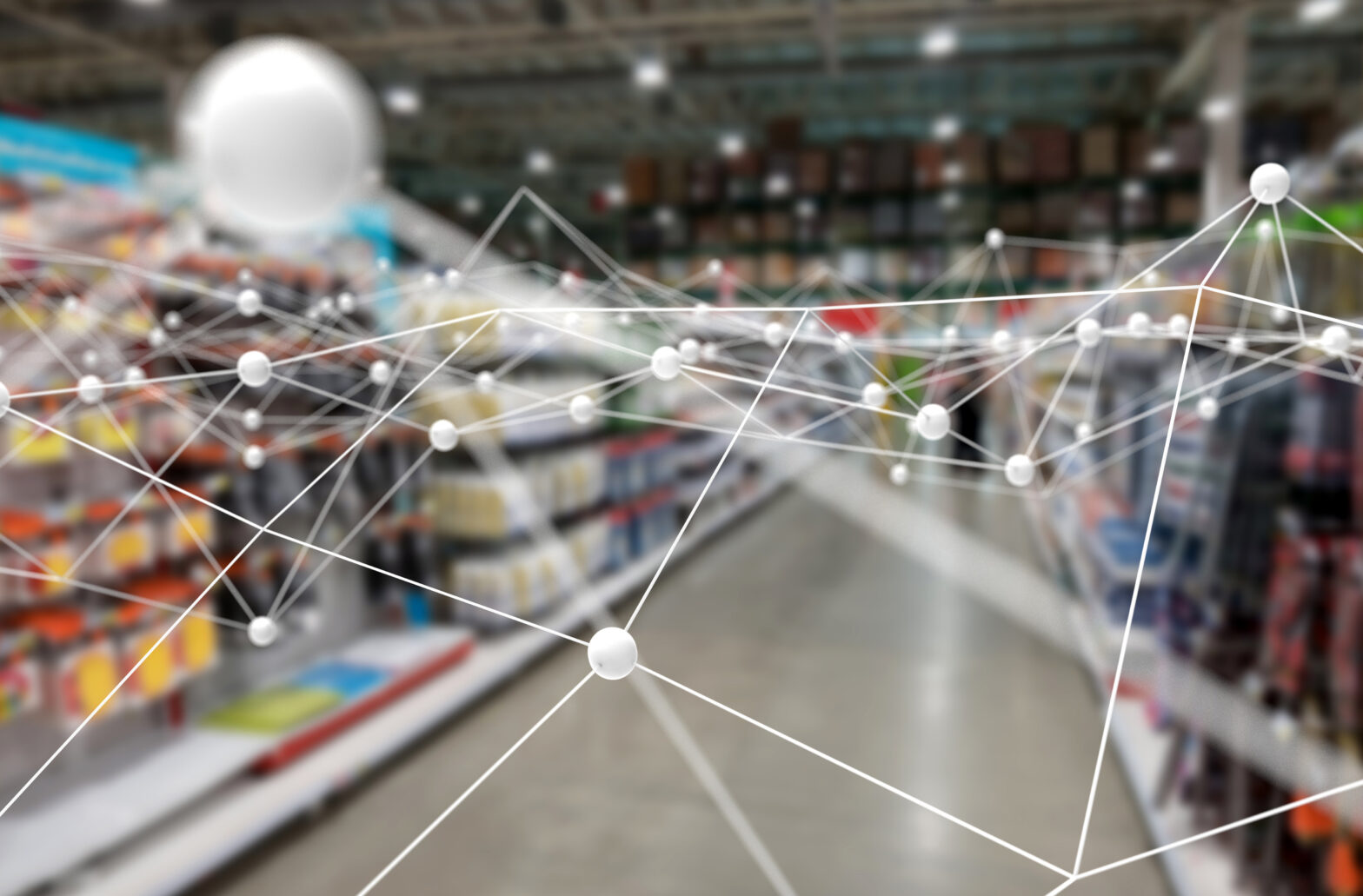There are a growing number of practical applications for graph databases – the technology that differentiates itself by modelling connections in data. Teams in all sorts of industries are finding that whether you’re doing customer analytics, fraud detection or risk assessment, you need connected data – and as graph technology is all about managing connections, it’s more and more the weapon of choice for firms.
But one of the biggest applications of graph software is in the area of search and product recommendations. That’s to say, let’s build a picture of what people bought who also put what you’re looking at in their shopping basket. Pioneered by Amazon, retail recommendations are now a basic tool in any retailer’s online offer.
That’s because digital consumers now expect personalised treatment, and recommendations based on their individual preferences, shopping history, interests and needs is now as much a component of their expected shopping experience as being able to checkout online with a saved credit card.
>See also: Graph databases lie at the heart of $7 trillion self-driving car opportunity
Clearly the more sophisticated the personalisation, the happier the consumer, so as online retail becomes increasingly more competitive, the idea of a virtual personal shopper becomes more of an imperative.
Imagine it as, ‘You bought this item today and this last week; you’ve also looked at all these items, but today you are looking at these – so how about this?’ level of assistance.
Such intelligent, context-sensitive and informed recommendation prompts are the core of what some observers are starting to call ‘Conversational Commerce’, which is about embedding intelligence and data-fuelled capability into your web store.
Such rich personalisation, at scale, is going to be unlocked by AI (artificial intelligence) and data-driven, real-time-capable smart software. And the glue to make it work together and mine the growing number of data connections and data sources the personal shopper of tomorrow will call upon is native graph technology.
A conversation with customers
Early examples bear this out. A standout example is eBay’s AI-based US-only (so far) ShopBot, which uses this intelligent recommendation technology. ShopBot asks qualifying questions, then quickly serves up relevant product examples customers can choose from.
The functionality is impressive. You can send the app a photo with a direction like, ’I like this watch, can you find similar?’ and it will figure out similar products to display, and really fast, too. You can also use speech or text to engage in conversation with the bot.
>See also: How to use graph technology to securely grant employee access
The key to ShopBot’s cleverness is the conversation element: just as for us humans, speech allows the software to establish far more contextual information than a typical search box would garner on its own. And it’s this context that empowers this personal shopper app to make an extremely well-informed guess at what the buyer’s intention is.
eBay’s chief product officer, R Pitman, considers the information that can be inferred from, ‘My wife and I are going camping in Lake Tahoe next week, so we need a tent.’ He observes that most search engines would react to the word ‘tent’ just fine – but the additional rich information about location and possible temperature, tent size, scenery, etc. is not picked up. Yet, that’s the type of information that informs most buying decisions.
Tapping into human intent and delivering highly responsive, accurate help is what makes the next generation of recommendation engines so clever. Technically, this requires a combination of ML (machine learning), accurate predictive analytics, a distributed, real-time storage and processing engine, with NLP (natural language processing) to figure out what your intentions are.
Accessible – fast
However it also needs, as in the case with eBay, a graph database to make all the real-time data connections required. Graph technology refines the search against inventory with a way of representing connections inside data sources based on shopper intent that allows the system to build up a picture of the customer on the fly, and so work with that portrait as the main way it generates relevant hits back.
The context is then stored, so that ShopBot can remember it for future interactions – so when that shopper next searches for an item of clothing, it knows what details to ask next, like type, style, brand, budget or size. And as it accumulates this information by rapid traversal of the underlying graph data model, the application is able to quickly arrive at specific product recommendations.
>See also: Living the graph: how graph databases fit into everyday life
By contrast, the traditional relational database (RDBMS) way of storing data is ‘store and retrieve’, which can handle one or two data links or data sources at its limit. Worse, SQL queries are complicated, and not built for real time queries – and for recommendations, real-time contextual information has to be accessible fast. The same caveat also applies to Big Data technologies, which can deal very well with data volume but which fail at managing data connections.
Summing up, retailers really need to be helping their customers by moving to the next generation of automated retail assistance.
Bringing shopper retailer interaction online in the shape of conversational commerce could well emerge as one of the main tools for achieving that conversational future – with native graph databases as the practical means of realising the vision.
Sourced by Emil Eifrem, CEO, Neo4j







